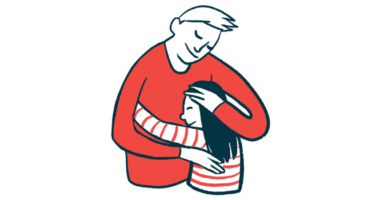Seizures and Batten Disease
Types of Seizures
Seizures in Batten disease can be divided into three groups: generalized seizures, partial seizures, and status epilepticus. There are six different forms of generalized seizures, and several forms of partial seizures. Status epilepticus is a state in which seizures last for more than five minutes or occur repetitively with no recovery between.
Seizure Alarms
A seizure alarm is a device that detects seizures and lets someone know the individual needs help. Alarms can also be connected to a telecare service at a call center. In the event the alarm is activated, someone from the call center will contact the patient to make sure everything is OK or call a caregiver or emergency services if necessary.
Triggers
A seizure can be triggered by a number of factors that can vary from one patient to another. One common seizure trigger is sleep deprivation or tiredness. For women, changes in hormone levels (such as during the menstrual cycle) can be a seizure trigger. Some seizures can also be triggered by bright or flashing lights.
Warning Signs
Seizures in patients with Batten disease are characterized by a variety of behaviors, but not every abnormal behavior is necessarily a seizure. Seizures usually occur in an unpredictable and episodic manner. They may last from a few seconds to a few minutes, with similar symptoms. There are two types of seizure warning signs: the signs that occur in the years preceding the first “full-blown” seizure, and the signs that occur just before a seizure.
Emergency Seizure Management Plan
To help prepare for and deal with seizures, it is recommended that Batten disease patients have an emergency seizure management plan. This is a written document that can help alert caregivers and bystanders about the patient’s condition, as well as what to do in an emergency situation. It can help identify who the patient is, who should be contacted in case of emergency, and prevent incorrect actions from being taken.
Seizure Diaries
It is recommended that patients and their caregivers keep a seizure diary to identify potential triggers and keep track of medications and their side effects. A seizure diary is a record of each seizure that includes as many details about the episode as possible. Recording details is important, because seizure triggers can include a certain time of day, food, scents, or activities.
First Aid
People with Batten disease experience different types of seizures. The extent of first aid that should be given depends on seizure type, its duration, and the person’s level of awareness. Most seizures do not require medical attention, and stop on their own.






